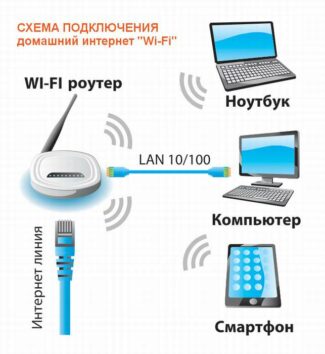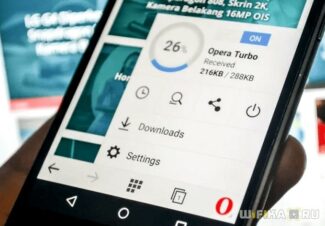The author of the wireless protocol for transmitting information was engineer John O'Sullivan. Under his leadership, the first network, which is considered an analogue of Wi-Fi, appeared. It happened in 1991 in a radio communications laboratory.
In what year was Wi-Fi invented, and who invented it – the history of creation

It is difficult to imagine the life of modern people without Wi-Fi. This technology is used today everywhere – in homes, offices, shopping centers. At the same time, not everyone knows who exactly invented the Wi-Fi Wi-Fi. Since technological developments were constantly improving, we can conclude that similar ideas may have come to the scientists of many countries at different moments of their activity.
Why Wi-Fi is needed
Wi-Fi is a method of uninterrupted transmission of information that covers a range of 150 meters and is characterized by high speeds. The parameters are almost identical to a cable network. Wi-Fi is used in homes, offices, and organizations.
Today, routers are capable of receiving and distributing information, using a radio network instead of cable. In this case, a large number of people have the opportunity to connect to the Internet. To do this, it is necessary to know the password.
In today's world, the number of wireless hotspots is constantly increasing. Thanks to the ease of connection, it is possible to use the Internet on any mobile device. Wi-Fi is actively used at work, for personal communication and even at the national or international level. However, not everyone knows when Wi-Fi appeared.
The alternative to cellular communication
In 2012, the Moscow government has thought about the development of digital infrastructure in the city. The City Wi-Fi project was launched. Wireless Internet was supposed to be an alternative to cellular communication.
The first object where access points appeared was bicycle lane on the Frunzenskaya embankment. Here, about 2.2 kilometers of open space were to be covered by wireless Internet. The implementation of the project was complicated by the fact that the Ministry of Defense of the Russian Federation is located on the embankment, on the facade of which it is forbidden to place access points. In order to lay the network, radio bridges with narrow antennas were built to cover the specific territory. Despite the difficulties and all the stages of approvals, the project took no more than three weeks to implement. Today there is still Wi-Fi on this bicycle lane: There are 31 access points. In 2016, it was also decided to connect Vorobyevskaya Embankment to the Internet.
The next stage in the development of the city Wi-Fi network were the parks – "Sokolniki", "Tsaritsyno" and "Kolomenskoye". All the necessary infrastructure appeared in 2013, during their reconstruction. By the Day of the City in 2016, the wireless network appeared at VDNKh. Today the network is available in 41 parks and includes a total of over 1.2 thousand access points.
In 2016, it was decided to include the territories dormitories of the capital's universities. Previously, students had to pay for access to the network. The possibility of free access to the Internet was an additional measure of support from the city for young people.
This part of the project became one of the most ambitious. By the end of 2016, 70 percent of the planned dormitories were equipped with hotspots. Today, free city Wi-Fi is available in 151 buildings dormitories at 30 universities – that's more than 8,100 access points.
Wi-Fi today
Now in Moscow there are already over 16 thousand points of access to Wi-Fi network have already been installed in Moscow. About four thousand of them work in the streets inside the Garden Ring and locally within the Third Ring Road. More than 1.2 thousand wireless network access points have been installed in 41 city parks, and more than eight thousand in university dormitories.
There are 334 libraries, 199 houses of culture, 16 city museums, and 13 cinemas of the Moscino network are equipped with Wi-Fi. In total, in social and cultural facilities almost 3.5 thousand access points.
The plans for 2019 include the creation of seamless Wi-Fi coverage in the city. To this end, a single operator was identified, whose task is to combine all existing access points into a single Wi-Fi space.
With the appearance of a single operator, it will be possible to connect to free city internet without re-authorization. For technical maintenance and support of the residents a centralized support service will be created. Thanks to this, users will no longer have to look for contacts of different operators to report a problem.
They will be able to call a unified service to leave a feedback about the network, to address their questions and proposals for its development.
Read More:




